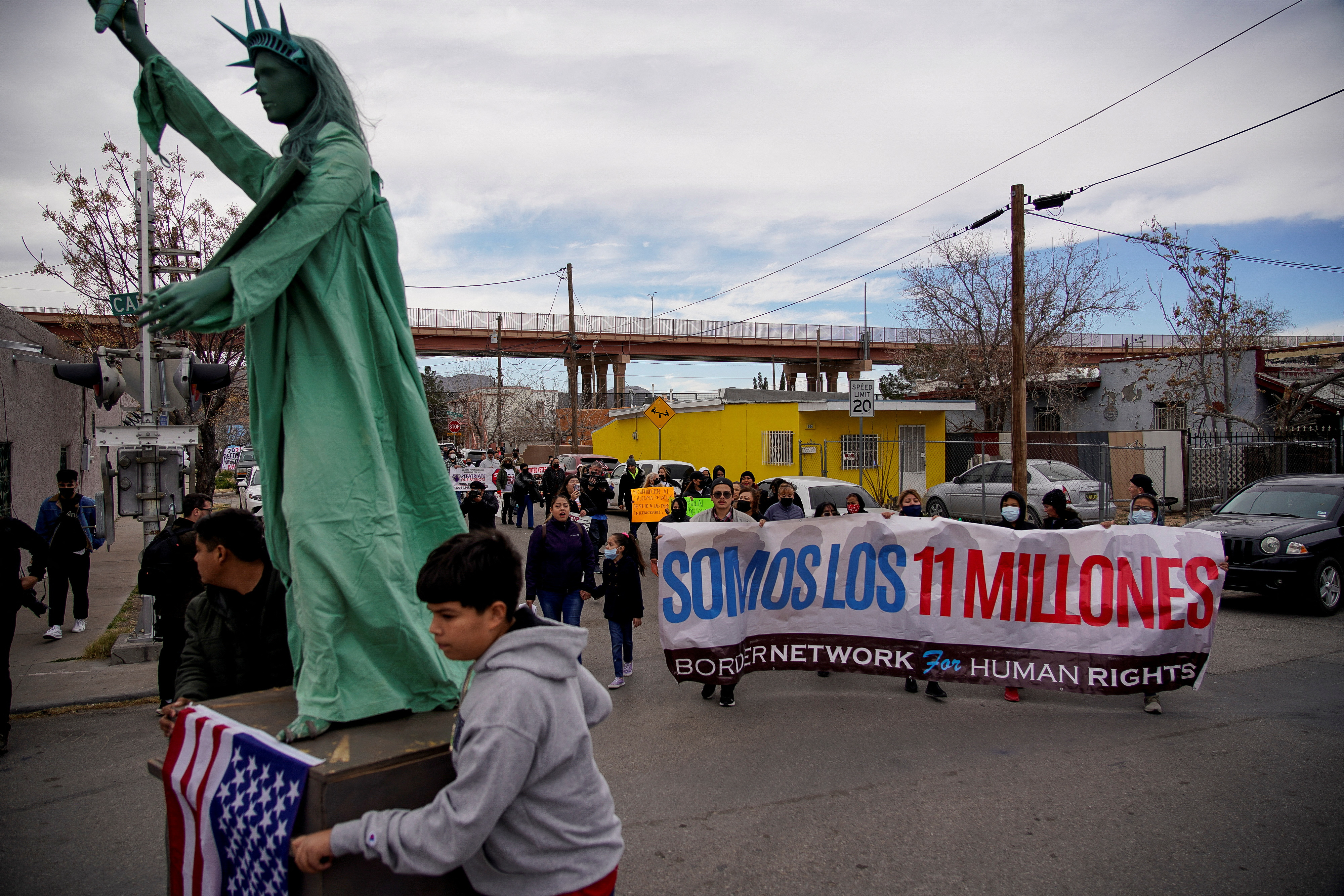The national emergency in the United States to respond to the COVID-19 pandemic concluded Monday after the president Joe Biden sign a bipartisan legislative resolution to end after three yearsweeks away from expiring along with a separately implemented public health emergency.
The national emergency allowed the government to take radical measures to deal with the coronavirus and provide support to the country’s economic, health and welfare systems. Some of the emergency measures have already been successfully dismantled, while others continue to be phased out. The public health emergency — which underpins strict immigration restrictions on the border with Mexico — is scheduled to end on May 11..
The White House issued a one-liner Monday saying Biden had signed the measure behind closed doors, after he publicly opposed the resolution, though not to the extent of vetoing it. More than 197 House Democrats voted against it when the Republican-controlled House passed it in February. After the measure passed the Senate last month with a vote of 68-23, Biden let lawmakers know he would sign the bill.
Once it became clear that Congress was taking steps to expedite the end of the national emergency, the administration said that Worked to expedite agency preparations to return to normal procedures. The changes include that the Department of Housing and Urban Development’s COVID mortgage moratorium program will expire at the end of May, and that the Department of Veterans Affairs will once again require in-person home visits to determine if the person is eligible for assisted care.

Last year, lawmakers extended the remote health flexibilities that were implemented with the arrival of COVID-19 for two more years, prompting health systems across the country to regularly provide care via smartphones or computers.
The White House had indicated at the end of January its intention to stop considering covid-19 a national emergency on May 11, to avoid harmful consequences, since it considered that it would create “enormous chaos and uncertainty” in the health system. from USA.
Among them, the Democratic administration signaled an abrupt end to the Title 42a controversial health regulation that allows hot expulsions of migrants at the border with the excuse of the pandemic.
The Democratic government has maintained May 11 as the date on which it plans to lift the immigration restriction.
(With information from AP and EFE)
Keep reading:


